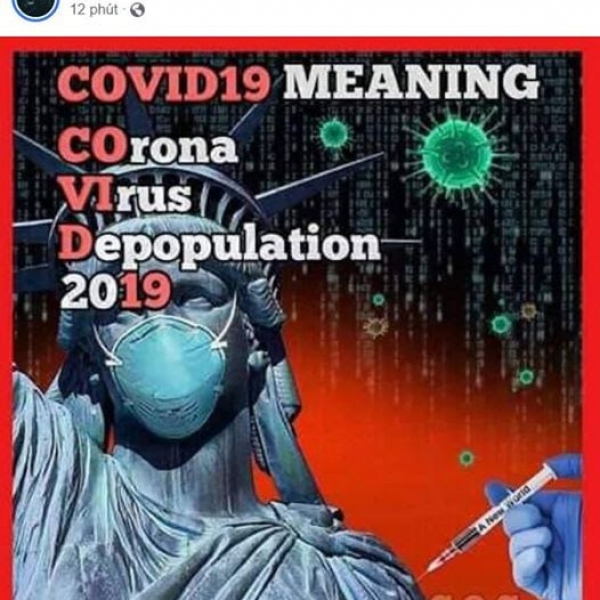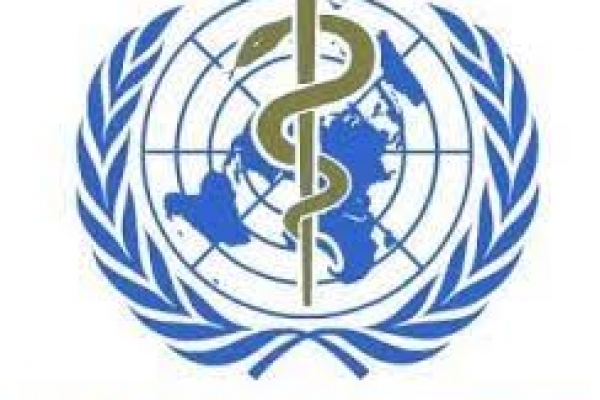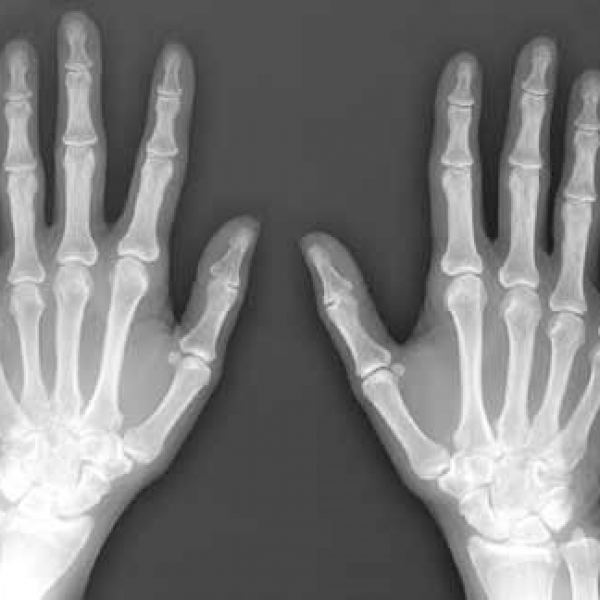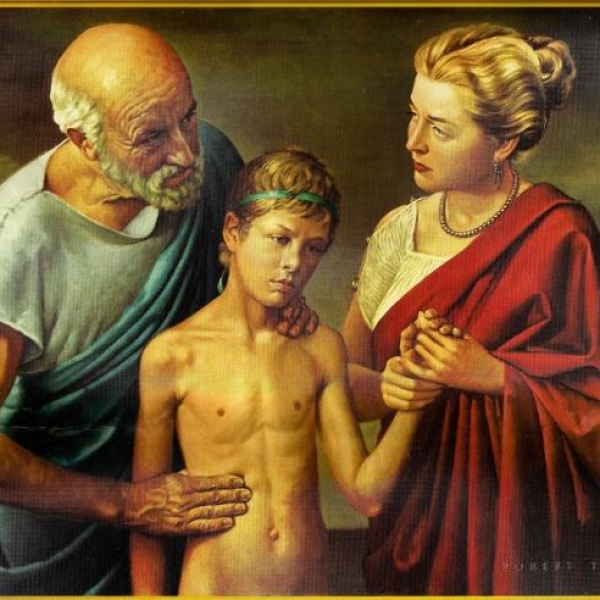
Professor Teresa Lambe, Jenner Research Institute, University of Oxford. Photo: BBC
Green's team worked hard day and night. "We take the risk of doing the next test, before we know the results of the last wave," Green said.
Fortunately, everything went well. After seven weeks, they have a sufficient number of vaccines for the initial trials. 10,000 volunteers are recruited within a few hours. Elisa Granato, microbiologist and Edward O'Neill, cancer researcher, were the first two to receive the Oxford experimental vaccine in April. After 48 hours, Granato and O'Neill had no response. serious disadvantage. The number of volunteers increased gradually.
But just a few days later, the social media was filled with news that the first volunteer, Granato, had passed away. Green nervously: "How can you spread such fake news? It's unfair because my team did their best."
As more trials became available, the team decided to hire a large-scale vaccine facility in Italy. But when the first shipment is ready, the order to close across Europe comes into effect. There are no flights to bring vaccines back to the UK from Rome.
In the end, they hired a private jet to bring 500 doses of vaccine back to London in time.
Italian manufacturers have used a technique different from Oxford to test the viral load in vaccines, causing vaccines produced in the country to be twice as concentrated. Many exchanges are carried out between partners and health regulators. Thereafter, experts agreed that the volunteers should receive a half dose of the vaccine, equivalent to one dose of the usual drug.
A week later, scientists found that the volunteers did not experience common side effects such as arm pain or fever. About 1,300 volunteers received only half of the vaccine. Unknowingly, they are the group with the highest efficiency.
From the very beginning, the Oxford team had the goal of creating a vaccine to help humanity, offering help from Mene Pangalos, Cambridge-based pharmaceutical giant AstraZeneca, coming in time. But how can vaccines be affordable? That is, the pharmaceutical company is not profitable, and that is not how the business operates.
After intense negotiations, they reached an agreement, by the end of April. The vaccine will be offered at a worldwide non-profit price during the pandemic, and low and middle income countries are always covered. price. Most importantly, AstraZeneca agrees to accept financial risks, even if the vaccine is ineffective.
In May, the British government agreed to buy 100 million doses of medicine and support nearly 90 million pounds.
On July 20, initial results of over 1,000 volunteers were announced. The vaccine is safe and has triggered an immune response after two injections, producing antibodies that neutralize the virus and T cells, and destroy infected cells.
"I've been in the vaccine field long enough to know that most vaccines really don't work," said Professor Katie Ewer, who heads the research team. "But the initial results are so good," he said.
By the end of the summer, vaccine trials were conducted in six countries including the UK, Brazil, South Africa and the US. Nearly 20,000 volunteers have been recruited. But on September 6, all of a sudden everything stopped.
A volunteer has a rare neurological condition.

Professor Andrew Pollard, director of the Oxford Vaccine Foundation, which runs clinical trials. Photo: BBC
"In a clinical trial of tens of thousands of people, everything happens," Pollard said. "There will be people who develop cancer and develop neurological conditions. But the thing to do is find out, if it does. Is it related to vaccines? ". An independent investigation found no vaccine-derived cause of the disease. But they also do not rule it out. Volunteers are monitored and recovering.
Finally, on November 22, the independent data security committee revealed the findings of Oxford-AstraZeneca. The results were surprising and more complicated than expected. The Oxford vaccine had three results: an average efficacy of 70%, of which 62% were the group with the full two doses and 90% the group having those who received the half-dose.
"Finally, we have the work done. The datasets will be made available to drug regulators around the world for approval. The vaccine implementation process is as rigorous as in normal time," Pangalos said. know.
Last week, the Oxford team published an analysis of their experimental data in the Lancet medical journal. This transparency has made experts reassuring.
The Oxford-AstraZeneca vaccine has the important advantage of being stored and transported at normal refrigerator temperatures.
This is changing the game, said Jeremy Farrar, head of the Wellcome Trust. "If vaccines have to be stored in dry ice, how do we get product to villages in England, sub-Saharan Africa or Brazil?"
"It's a relief that the effort hasn't been wasted," says Professor Gilbert.
And Professor Lambe emotionally shared her son's consoling words, when she felt guilty for not being at home often with her: "It's okay, I'm doing a good deed for everyone, including child ".
A year of hard work with the vaccine has brought members an indescribable level of emotions.
"I think science is the miraculous escape route in pandemic and vaccines are at the heart of every effort. All my life, I've never seen the amazing progress of science, in just a year," said Mr. Farrar. .
Y Nhi (According to BBC)


















